Back to Courses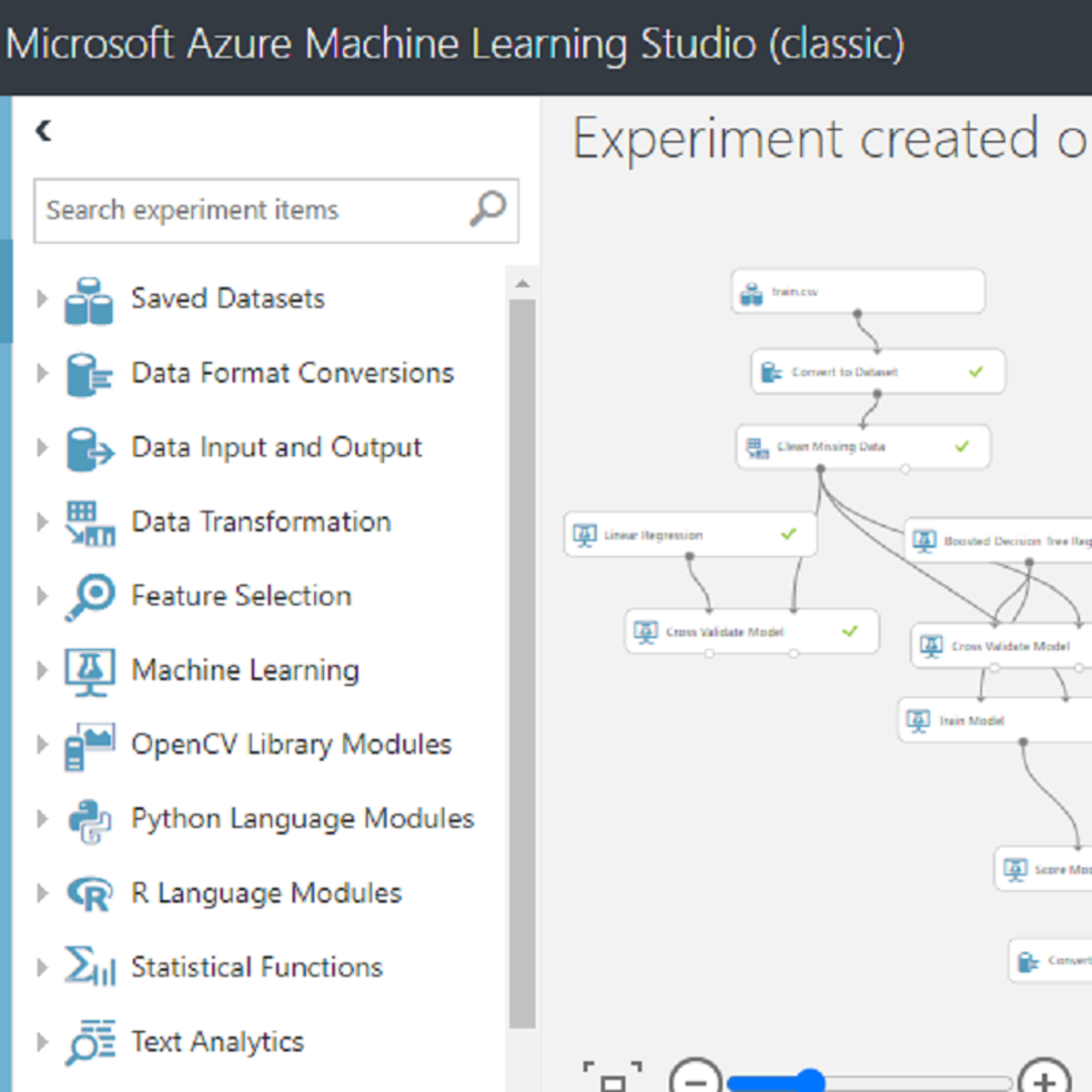


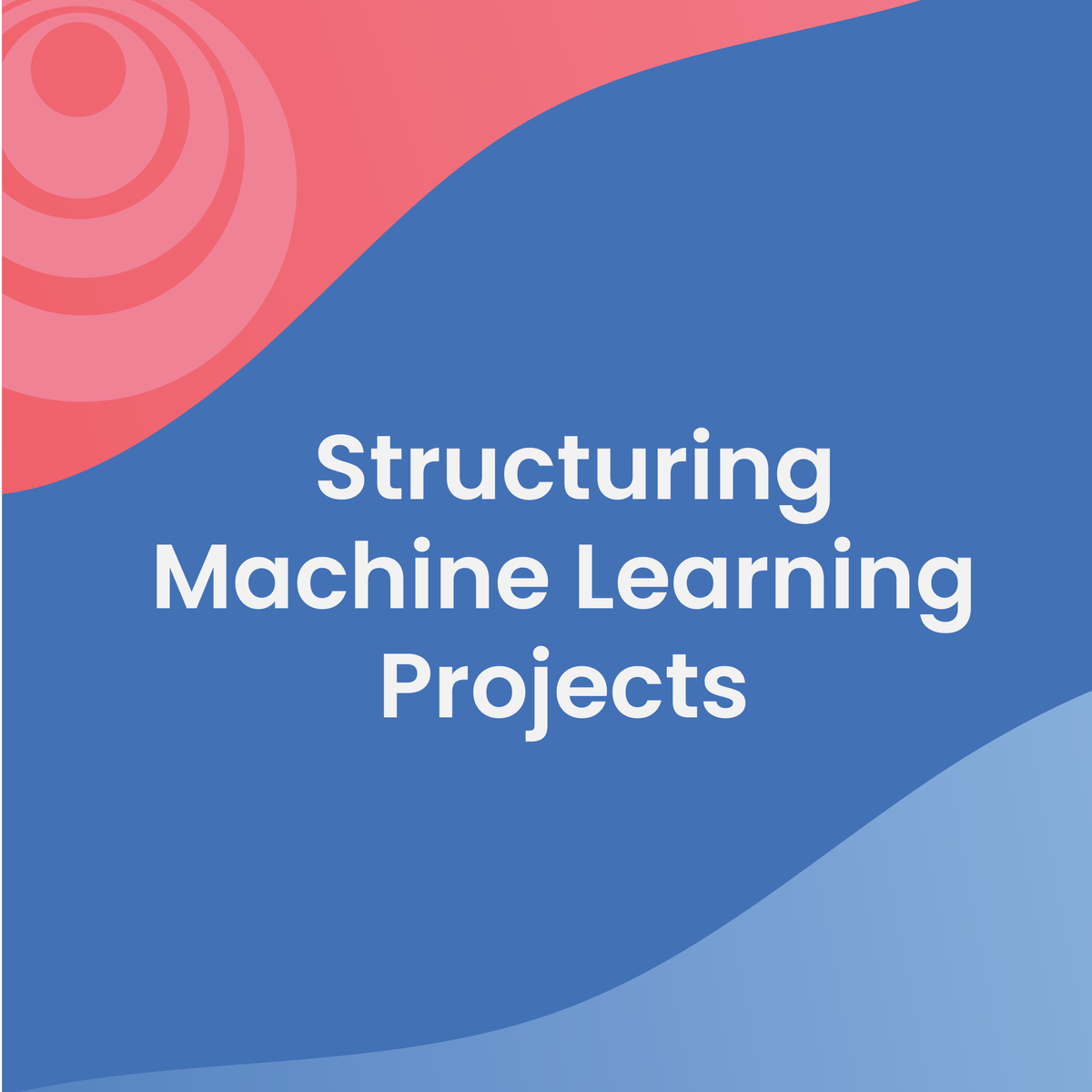

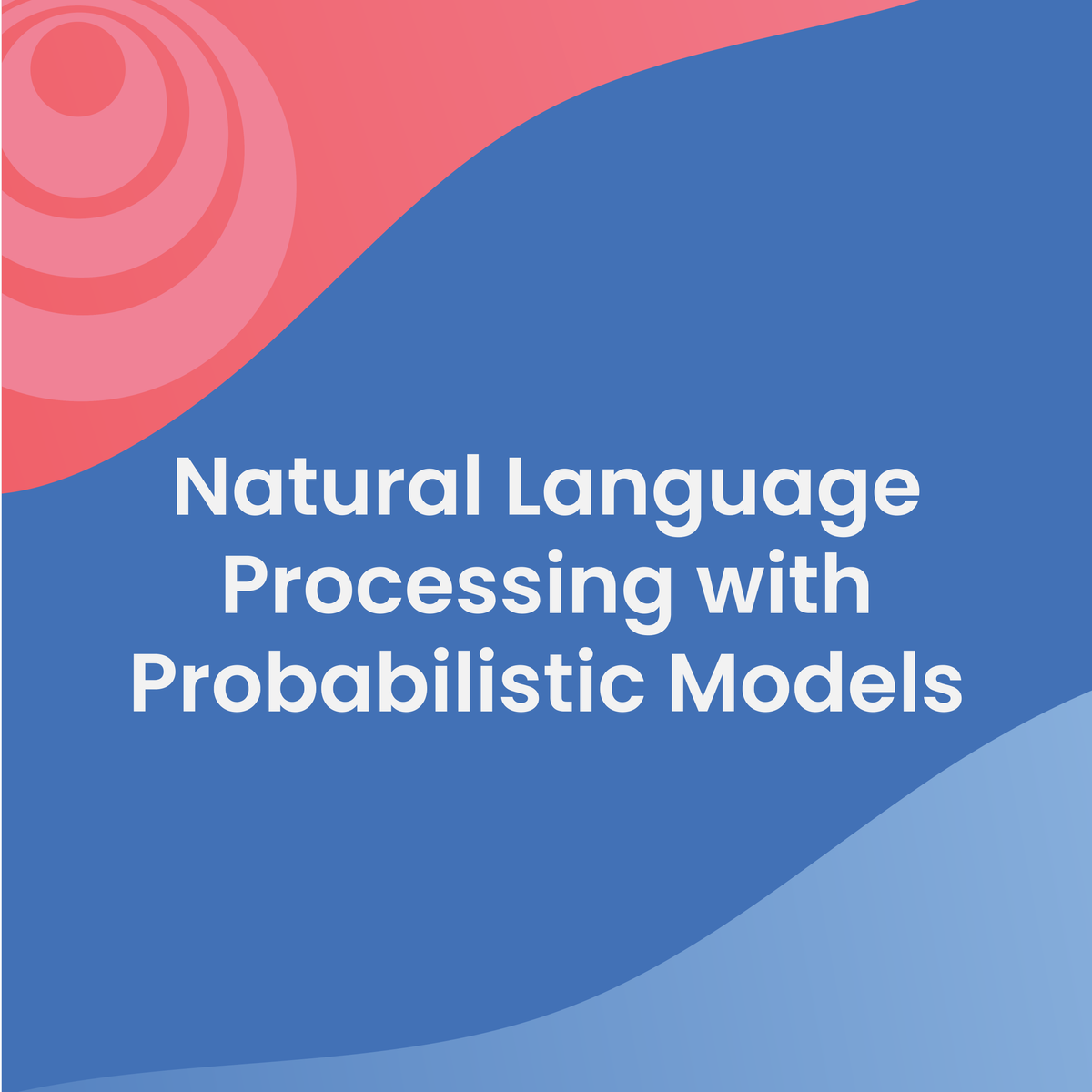
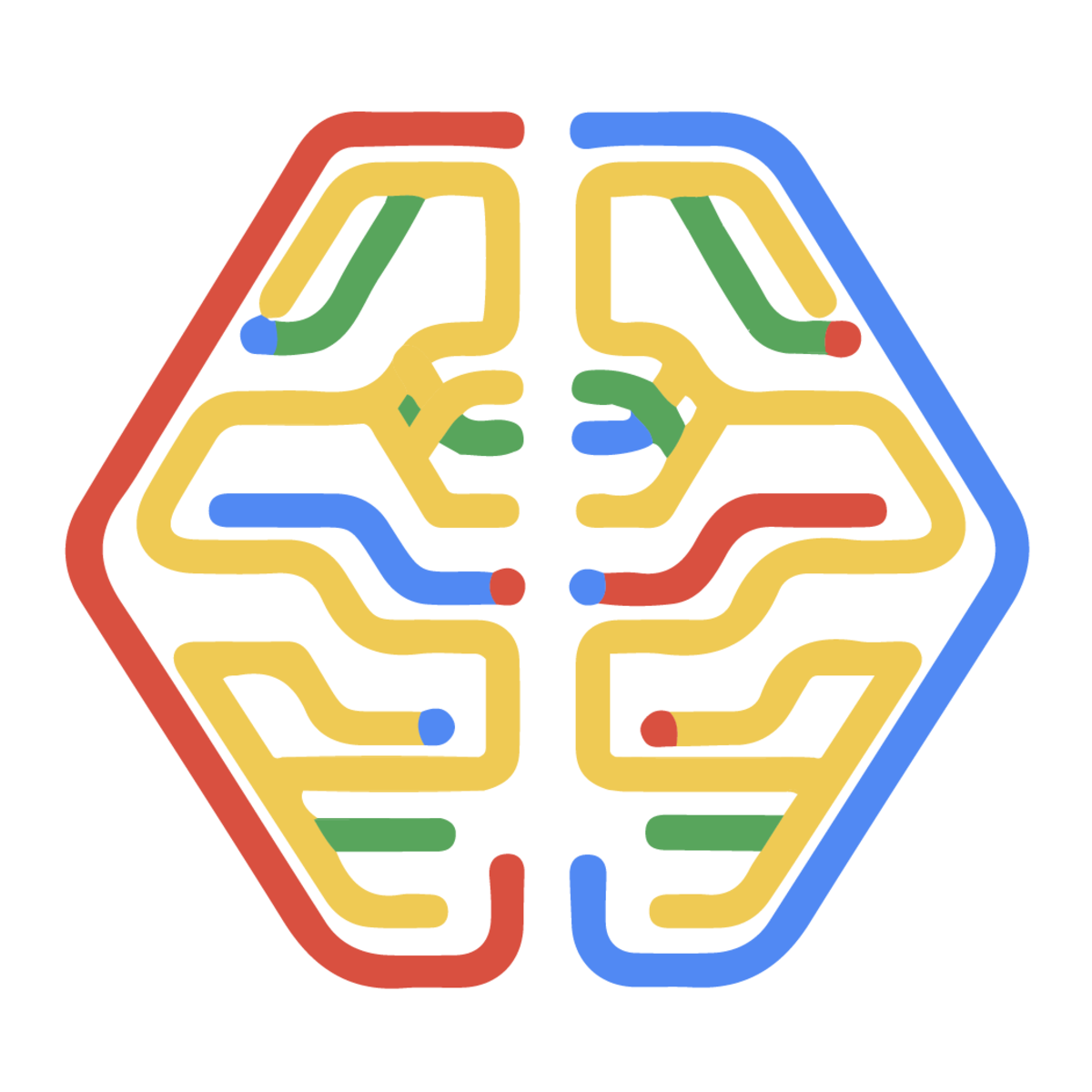


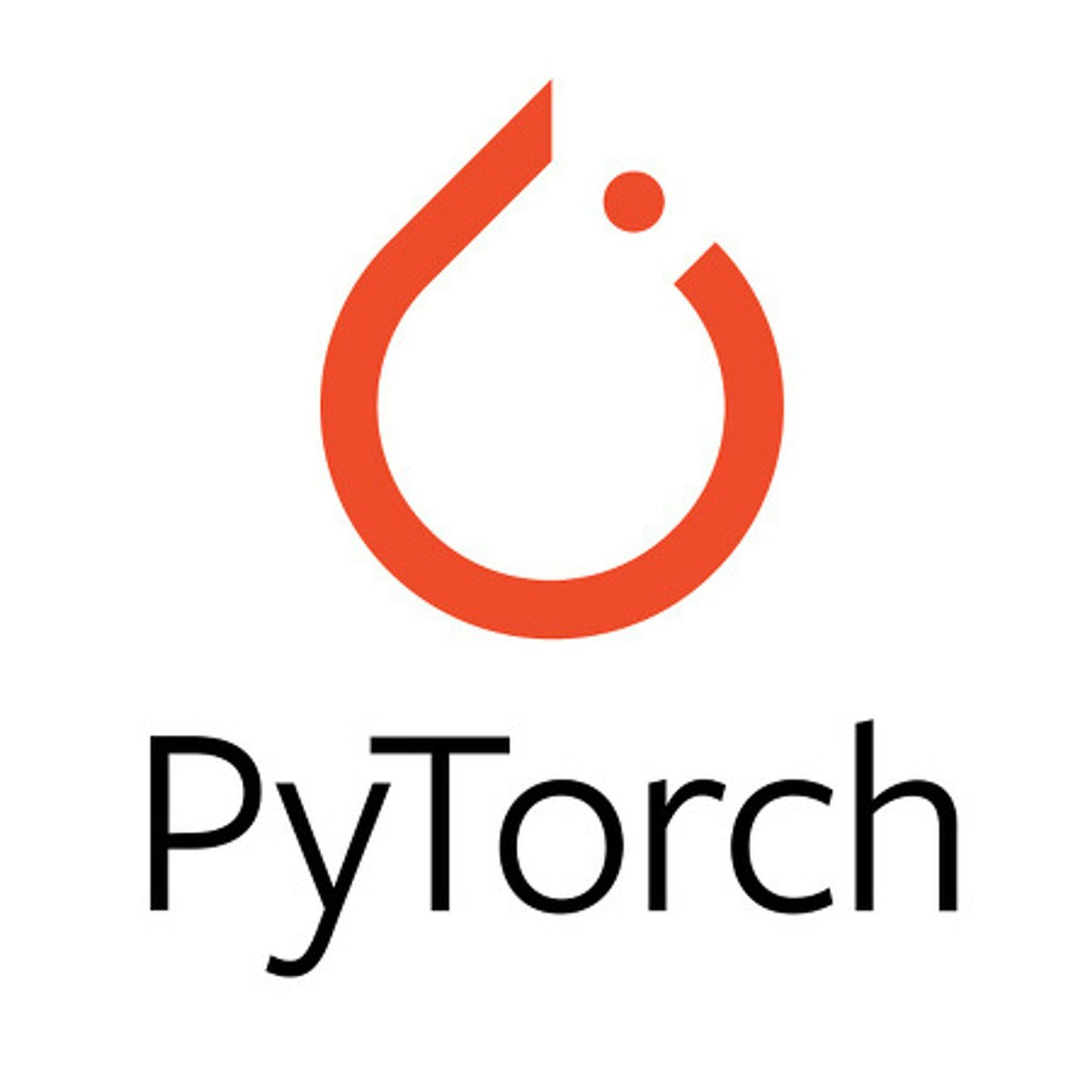
Machine Learning Courses - Page 22
Showing results 211-220 of 485

How to Use Microsoft Azure ML Studio for Kaggle Competitions
In this 90 minutes long project-based course, you will learn how to create a Microsoft Azure ML Studio account, a Kaggle account for competitions and use both of them to build a machine learning model which we will be using to make predictions.
Note: This course works best for learners who are based in the North America region. We’re currently working on providing the same experience in other regions.

Performing regression tasks using decision tree & PCA basics
In this 1-hour long project-based course, you will learn how to perform regression tasks using decision tree & some PCA fundamental coding.
you will get expertise in acing following tasks-
Predicting two decision tree regression model
Drawing Decision tree for regression
Regularize a decision tree regressor
Setting up the environment for dimensional reduction
Coding for Projection methods in Dimensionality reduction
Coding for PCA using SVD decomposition and SCIKIT learn

Deep-Dive into Tensorflow Activation Functions
You've learned how to use Tensorflow. You've learned the important functions, how to design and implement sequential and functional models, and have completed several test projects. What's next? It's time to take a deep dive into activation functions, the essential function of every node and layer of a neural network, deciding whether to fire or not to fire, and adding an element of non-linearity (in most cases).
In this 2 hour course-based project, you will join me in a deep-dive into an exhaustive list of activation functions usable in Tensorflow and other frameworks. I will explain the working details of each activation function, describe the differences between each and their pros and cons, and I will demonstrate each function being used, both from scratch and within Tensorflow. Join me and boost your AI & machine learning knowledge, while also receiving a certificate to boost your resume in the process!
Note: This course works best for learners who are based in the North America region. We’re currently working on providing the same experience in other regions.

Structuring Machine Learning Projects
In the third course of the Deep Learning Specialization, you will learn how to build a successful machine learning project and get to practice decision-making as a machine learning project leader.
By the end, you will be able to diagnose errors in a machine learning system; prioritize strategies for reducing errors; understand complex ML settings, such as mismatched training/test sets, and comparing to and/or surpassing human-level performance; and apply end-to-end learning, transfer learning, and multi-task learning.
This is also a standalone course for learners who have basic machine learning knowledge. This course draws on Andrew Ng’s experience building and shipping many deep learning products. If you aspire to become a technical leader who can set the direction for an AI team, this course provides the "industry experience" that you might otherwise get only after years of ML work experience.
The Deep Learning Specialization is our foundational program that will help you understand the capabilities, challenges, and consequences of deep learning and prepare you to participate in the development of leading-edge AI technology. It provides a pathway for you to gain the knowledge and skills to apply machine learning to your work, level up your technical career, and take the definitive step in the world of AI.

Build your first Search Engine using AWS Kendra
This project is focused on building your first search engine using Amazon Kendra without writing a single line of code. By the end of this guided project, you will be able to build your first enterprise search engine by leveraging Amazon’s Kendra. Search as a capability is an important feature which is required by almost all medium and large enterprises as search helps filter relevant and required information in the world of big data. Search helps find relevant information quickly and saves time to go through vast information. Google’s first product was search engine, Amazon leverages search capability to browse the millions of products listed on its marketplace, Facebook has search capability for its users to find friends based on name, location, etc. and Microsoft also has its own bing search engine. AWS Kendra provides search as a service capability and as part of this guided project we shall study how to build a search engine.

Natural Language Processing with Probabilistic Models
In Course 2 of the Natural Language Processing Specialization, you will:
a) Create a simple auto-correct algorithm using minimum edit distance and dynamic programming,
b) Apply the Viterbi Algorithm for part-of-speech (POS) tagging, which is vital for computational linguistics,
c) Write a better auto-complete algorithm using an N-gram language model, and
d) Write your own Word2Vec model that uses a neural network to compute word embeddings using a continuous bag-of-words model.
By the end of this Specialization, you will have designed NLP applications that perform question-answering and sentiment analysis, created tools to translate languages and summarize text, and even built a chatbot!
This Specialization is designed and taught by two experts in NLP, machine learning, and deep learning. Younes Bensouda Mourri is an Instructor of AI at Stanford University who also helped build the Deep Learning Specialization. Łukasz Kaiser is a Staff Research Scientist at Google Brain and the co-author of Tensorflow, the Tensor2Tensor and Trax libraries, and the Transformer paper.

Computer Vision Fundamentals with Google Cloud
This course describes different types of computer vision use cases and then highlights different machine learning strategies for solving these use cases. The strategies vary from experimenting with pre-built ML models through pre-built ML APIs and AutoML Vision to building custom image classifiers using linear models, deep neural network (DNN) models or convolutional neural network (CNN) models.
The course shows how to improve a model's accuracy with augmentation, feature extraction, and fine-tuning hyperparameters while trying to avoid overfitting the data.
The course also looks at practical issues that arise, for example, when one doesn't have enough data and how to incorporate the latest research findings into different models.
Learners will get hands-on practice building and optimizing their own image classification models on a variety of public datasets in the labs they will work on.

Introduction to Predictive Modeling
Welcome to Introduction to Predictive Modeling, the first course in the University of Minnesota’s Analytics for Decision Making specialization.
This course will introduce to you the concepts, processes, and applications of predictive modeling, with a focus on linear regression and time series forecasting models and their practical use in Microsoft Excel. By the end of the course, you will be able to:
- Understand the concepts, processes, and applications of predictive modeling.
- Understand the structure of and intuition behind linear regression models.
- Be able to fit simple and multiple linear regression models to data, interpret the results, evaluate the goodness of fit, and use fitted models to make predictions.
- Understand the problem of overfitting and underfitting and be able to conduct simple model selection.
- Understand the concepts, processes, and applications of time series forecasting as a special type of predictive modeling.
- Be able to fit several time-series-forecasting models (e.g., exponential smoothing and Holt-Winter’s method) in Excel, evaluate the goodness of fit, and use fitted models to make forecasts.
- Understand different types of data and how they may be used in predictive models.
- Use Excel to prepare data for predictive modeling, including exploring data patterns, transforming data, and dealing with missing values.
This is an introductory course to predictive modeling. The course provides a combination of conceptual and hands-on learning. During the course, we will provide you opportunities to practice predictive modeling techniques on real-world datasets using Excel.
To succeed in this course, you should know basic math (the concept of functions, variables, and basic math notations such as summation and indices) and basic statistics (correlation, sample mean, standard deviation, and variance). This course does not require a background in programming, but you should be familiar with basic Excel operations (e.g., basic formulas and charting). For the best experience, you should have a recent version of Microsoft Excel installed on your computer (e.g., Excel 2013, 2016, 2019, or Office 365).

Aerial Image Segmentation with PyTorch
In this 2-hour project-based course, you will be able to :
- Understand the Massachusetts Roads Segmentation Dataset and you will write a custom dataset class for Image-mask dataset. Additionally, you will apply segmentation domain augmentations to augment images as well as its masks. For image-mask augmentation you will use albumentation library. You will plot the image-Mask pair.
- Load a pretrained state of the art convolutional neural network for segmentation problem(for e.g, Unet) using segmentation model pytorch library.
- Create train function and evaluator function which will helpful to write training loop. Moreover, you will use training loop to train the model.
- Finally, we will use best trained segementation model for inference.

The Pytorch basics you need to start your ML projects
In this 1-hour long project-based course, you will learn how to use simple commands to create and manipulate files and folders, perform multiple complex tasks using one simple command, use the superuser to perform high privilege operations.
Popular Internships and Jobs by Categories
Browse
© 2024 BoostGrad | All rights reserved


